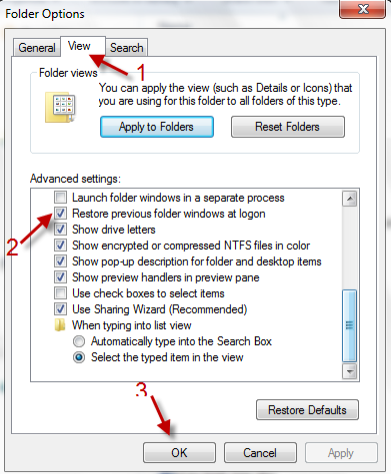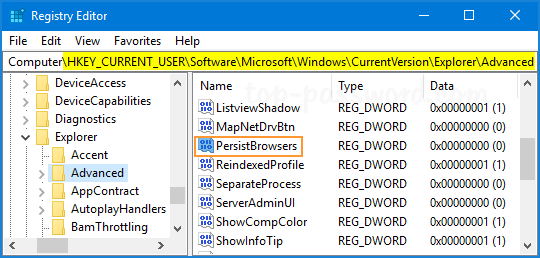


If an attacker tries to conduct a cryptanalytic attack on the verifier, this encryption has two consequences: This behavior is unlike the behavior of Microsoft Windows NT 4.0 and earlier versions of Windows NT. The double computation effectively makes the verifier a hash of the hash of the user password. This verifier is a salted MD5 hash (or stronger) that is computed two times. Instead, the system stores an encrypted verifier of the password. In Windows 2000 and in later versions of Windows, the username and password are not cached. The term cached credentials does not accurately describe how Windows caches logon information for domain logons. Check out the following excerpt for an explanation.

Yes, this sounds like a bummer but it’s actually a good thing. What’s the Best Way to Handle Credential Synchronization Issues?įirst and foremost, it’s not possible to reset cached credentials when an AD password is reset. Then all kinds of problems can occur when a user tries to access domain resources and the main problem is repeated account lockouts because the Windows client is passing invalid cached credentials to a domain controller.

That is, until the AD credentials and the cached credentials become out of sync. Great! And since AD passwords generally only change every 30-90 days this is a fantastic method to provide a great user experience in a highly mobile environment. So cached credentials allow users to access a machine even when no DC is available to authenticate the user. What is the Issue with Cached Credentials? In this scenario, Windows uses the cached credentials from the last logon to log the user on locally and to allocate access to local computer resources. Then, the user takes the laptop to a location where the domain is unavailable. For example, suppose a mobile user uses a domain account to log on to a laptop that is joined to a domain. Because the user has already been authenticated, Windows uses the cached credentials to log the user on locally. Later, a user can log on to the computer by using the domain account, even if the domain controller that authenticated the user is unavailable. On Microsoft Active Directory environments, Cached credentials allow a user to access machine resources when a domain controller is unavailable.Īfter a successful domain logon, a form of the logon information is cached. To totally unlock this section you need to Log-in


 0 kommentar(er)
0 kommentar(er)
